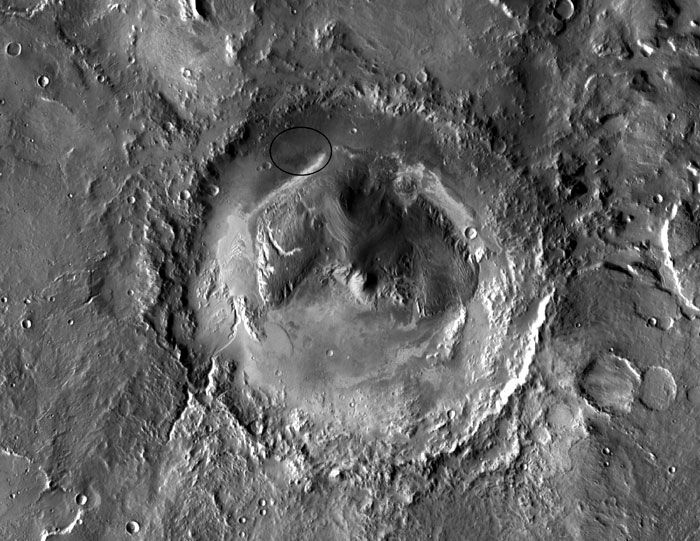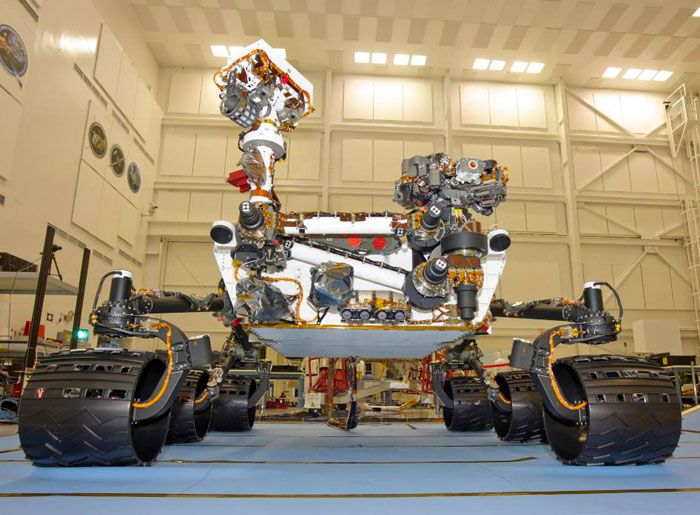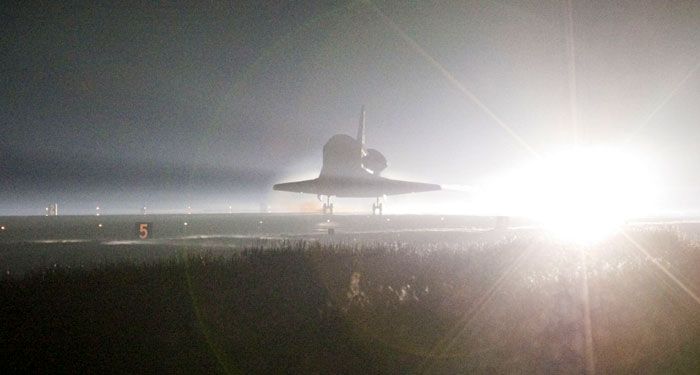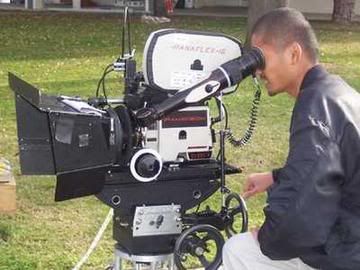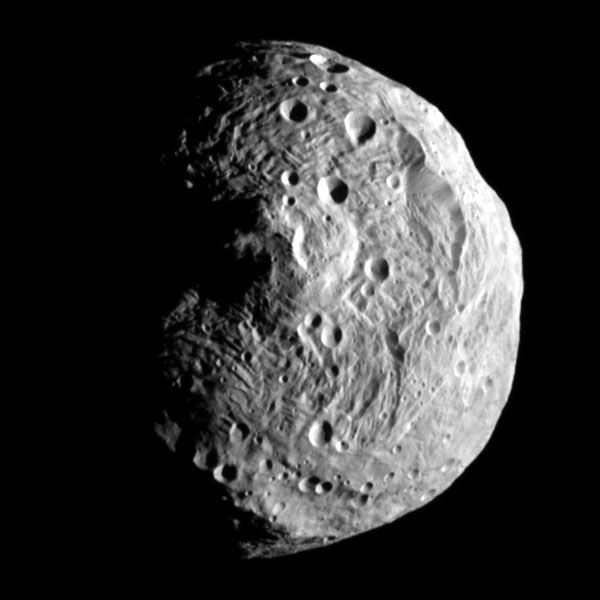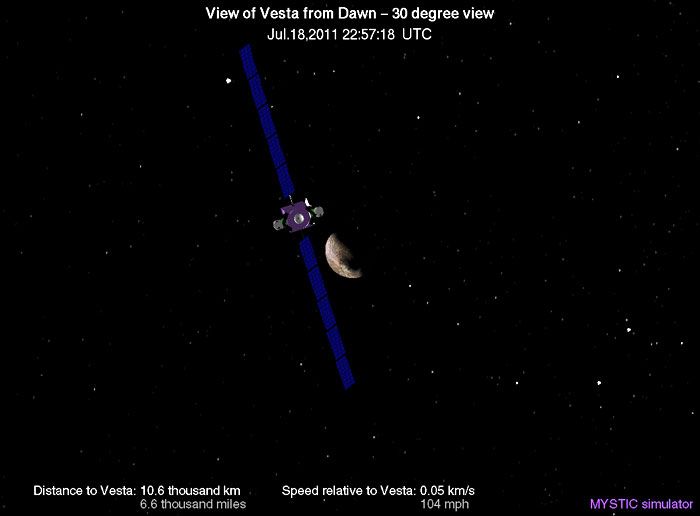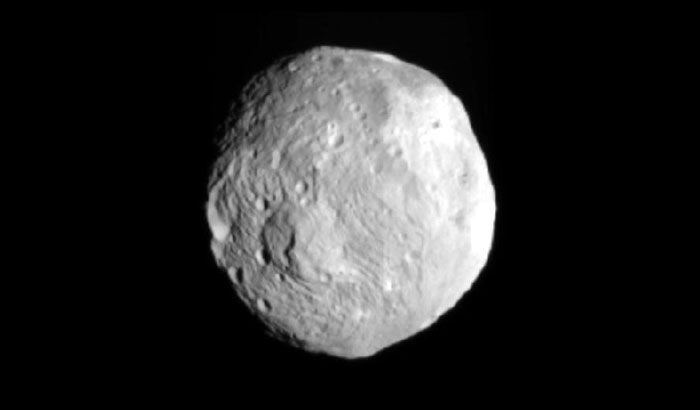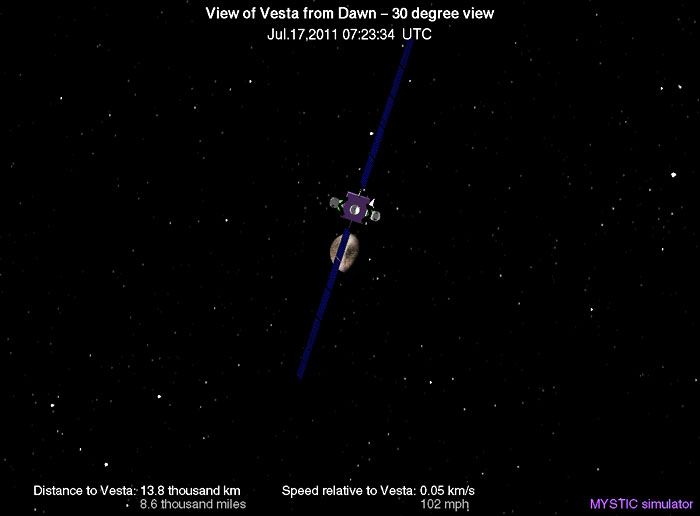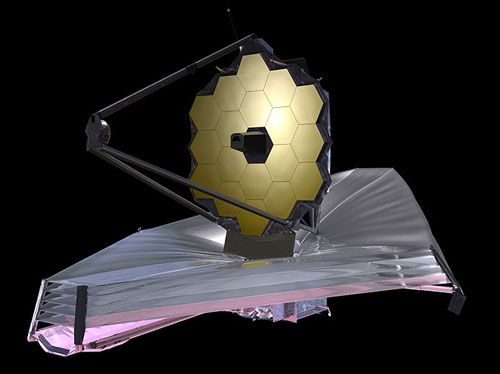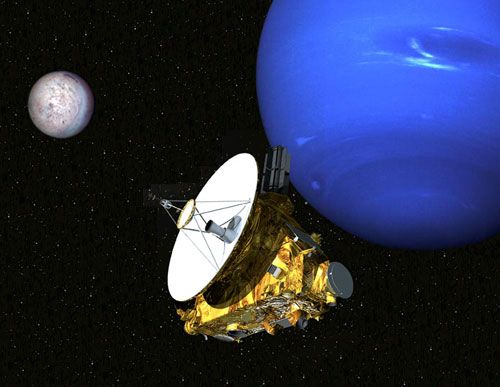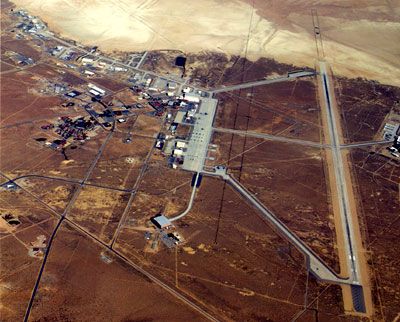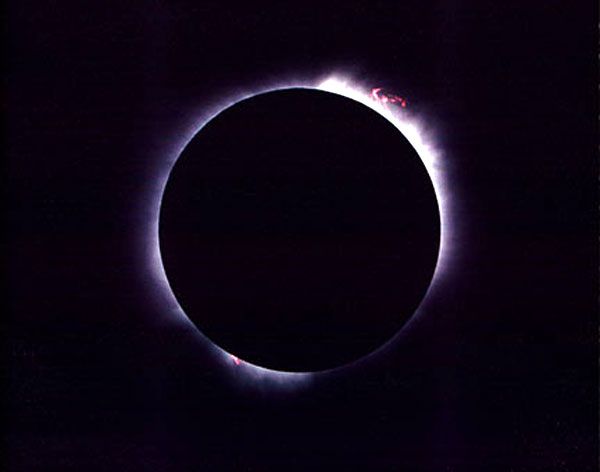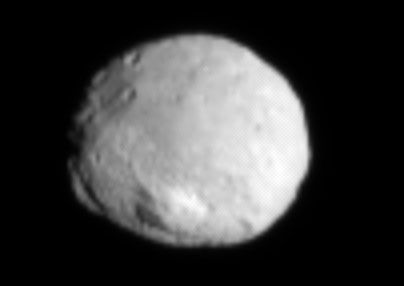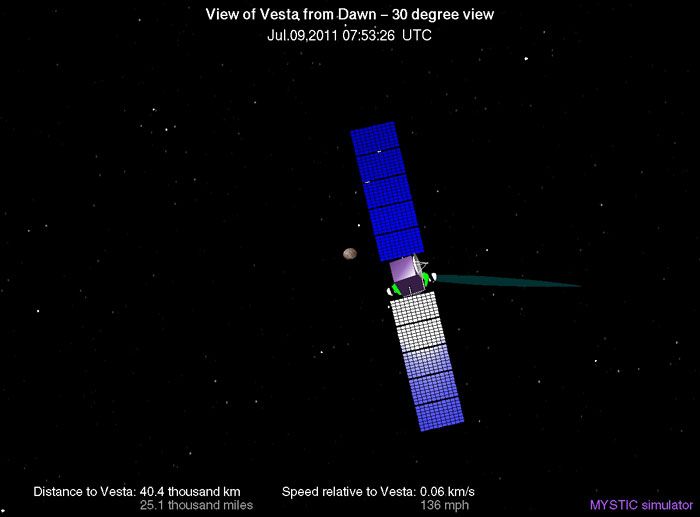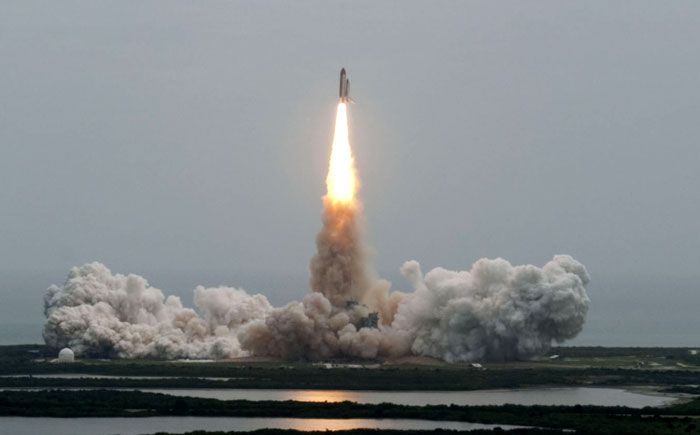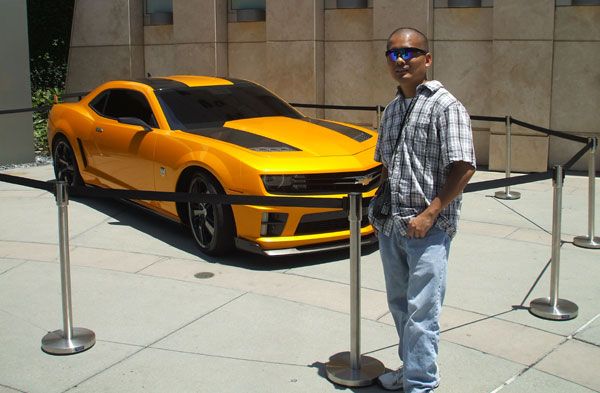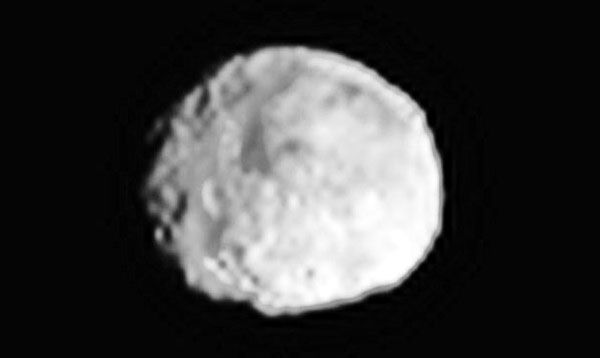

To stray off-topic a little (or a lot), I was an extra on Up the Hill just by showing up...much as how I was an extra on the first Spider-Man flick by showing up as well (actually, I had to RSVP online, but that was it). Don’t ask me why, but I’ve been going onto Craigslist lately (I think you guys can tell where this is headed) to find more gigs as an extra and get other movie work. Just to give you folks a warning, if you’re looking to be an extra in a short or feature film, BEWARE of a job posting on Craigslist that asks you to call a phone number with a 323 area code to do an audition/interview to be a background performer. In hindsight, NO ONE should have to audition or even interview for a role where you have NO SPEAKING LINES...and are just standing there or asked to run around and look scared or something.

Needless to say, I learned the hard way that the Craigslist posting was essentially a scam and I wasted a half tank of gas driving to the so-called production office that held these audition/interviews in Hollywood—not to mention I spent $10 on parking for nothing. (I refuse to park on a street in Hollywood...especially after getting a lousy $55 parking ticket in my own residential area two weeks before I stumbled upon this fraudulent job posting. Thank the economy.) The name of this office is On Track Productions...but this name isn’t mentioned on On Track's Craigslist postings...only the 323 phone number [which was actually changed recently after another person posted on Craigslist and other sites revealing that what this company was doing is illegal. The original phone number that is used on almost all of On Track's job postings is (323) 468-7365].
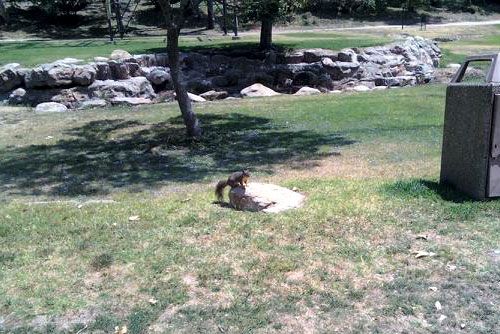
The co-worker who invited me to the Up the Hill shoot does background extra work for a living, and he himself pointed out that On Track Productions was pulling a scam when I told him about my trip to Hollywood. A red flag to him was me mentioning that I was gonna be given a one-page script to recite a monologue from during the audition (as a reminder: An extra HAS NO SPEAKING LINES). He said I was right to walk out of that office less than 5 minutes after I arrived there. (Yep, I definitely wasted $10 and a half tank of gas.) Another red flag, to me at least, was the receptionist working at the office. More on that in the next paragraph.
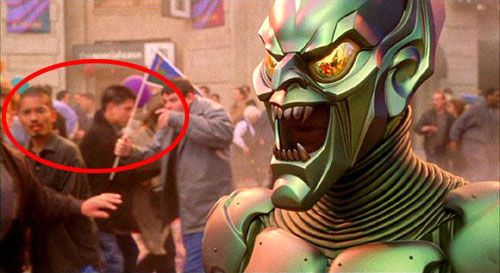
When I arrived at the office, I had to use the restroom before I went to the waiting area for the audition/interview. I asked the receptionist where the restroom was, and she flatly responded with "I need collateral." Looking perplexed since I was never, ever asked this kind of question when I had to use the John at any other place before, the receptionist became impatient, stuck her hand out, and said "I need something from you." Again looking perplexed, I remained silent as I handed her my sunglasses, took the restroom keys from her, and exited the office to use the restroom down the hallway. (Why the office didn’t have its own restroom is beyond me. Of course, the building this office is in is a total dump. Um... Another red flag right there.) Nice first impression for your company there, lady. Plus, exactly what happened in the past to make you distrustful of people trying to take a No. 1 or 2 at your workplace? Hmm.
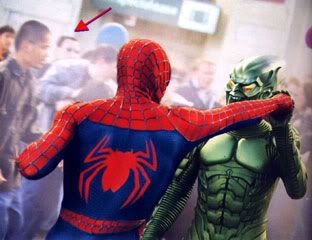
So to summarize for y’all, you DO NOT have to audition to be a background extra in a film or TV show. Professional casting companies may ask you to pay a small upfront fee to register with them (but they’ll actually get you work being in the movies or TV shows...most of the time), but you’ll never be asked to do a monologue or something...unless the production company was being shady and actually auditioning for acting roles under the guise of telling folks they’re just casting for extras (a theory my co-worker came up with). Avoid On Track Productions, and do research online about which companies can hook you up with a non-speaking gig in the next Adam Sandler or Judd Apatow movie. Or a Michael Bay flick. That is all.







